|
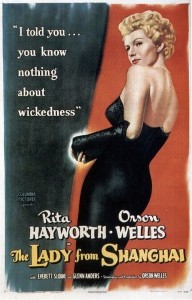
Synopsis:
An Irish drifter (Orson Welles) immediately becomes smitten with a beautiful woman (Rita Hayworth) he helps rescue from a rape attempt. Soon he’s invited to serve as a ship’s mate on a yacht trip hosted by Hayworth’s wealthy, crippled husband (Everett Sloane), where Sloane’s business partner (Glenn Anders) attempts to convince Welles to take the rap for a murder he won’t actually commit.
|
|
Genres, Themes, Actors, and Directors:
- Femmes Fatales
- Framed
- Orson Welles Films
- Plot to Murder
- Rita Hayworth Films
Response to Peary’s Review:
Peary writes that this “longtime cult favorite” — infamous as the movie “held back for two years by Columbia chief Harry Cohn, who was horrified that Welles would chop off the flowing red hair of Rita Hayworth” in addition to going “way over budget on a film that [he] couldn’t understand” — may be “Orson Welles’s most enjoyable film”. He notes that “the film has always given critics trouble because it’s hard to categorize”, given that the “story itself” (based on Sherwood King’s novel If I Die Before I Wake) “is classic film noir material”, but it could also be seen as “more of a twist on Gilda,” and “anticipates Beat the Devil” because of its “tongue-in-cheek humor, the improvisation, the bizarre characters, the blonde (played by an actress known for a different hair color) who is a habitual liar, [and] the sense that the director is having a grand time behind his camera”. Indeed, as Peary points out, “Welles has fun simply by setting his significant scenes in such unusual places as an aquarium (for a love scene), a Chinese theater, and an amusement-park Crazy House”, which serves as the location for Welles’ justifiably “celebrated shootout in the Hall of Mirrors”.
I’m in complete agreement with Peary’s assessment of this convoluted yet consistently enjoyable and creatively filmed noir, which — like most of the titles in Welles’ oeuvre — never fails to keep one engaged on (at the very least) a visual level. Welles-the-actor has been criticized for his attempt at an Irish brogue here in the lead role, but I find it convincing enough, and a nice change from his typically sonorous boom. It’s remarkably easy to buy his characterization as a chump who’s fully aware he’s being taken advantage of by Hayworth and her crew, yet can’t seem to find a way out of the nightmare he’s pulled into. The screenplay (co-written by Welles) is full of zingy one-liners (“I’ve always found it very sanitary to be broke”), and will certainly keep you on your toes throughout — though I actually don’t find it quite so difficult to follow as others claim. Meanwhile, Hayworth is as gorgeous as ever, easily convincing us that she’s someone Welles would lose his head over.
Redeeming Qualities and Moments:
- Orson Welles as Michael O’Hara
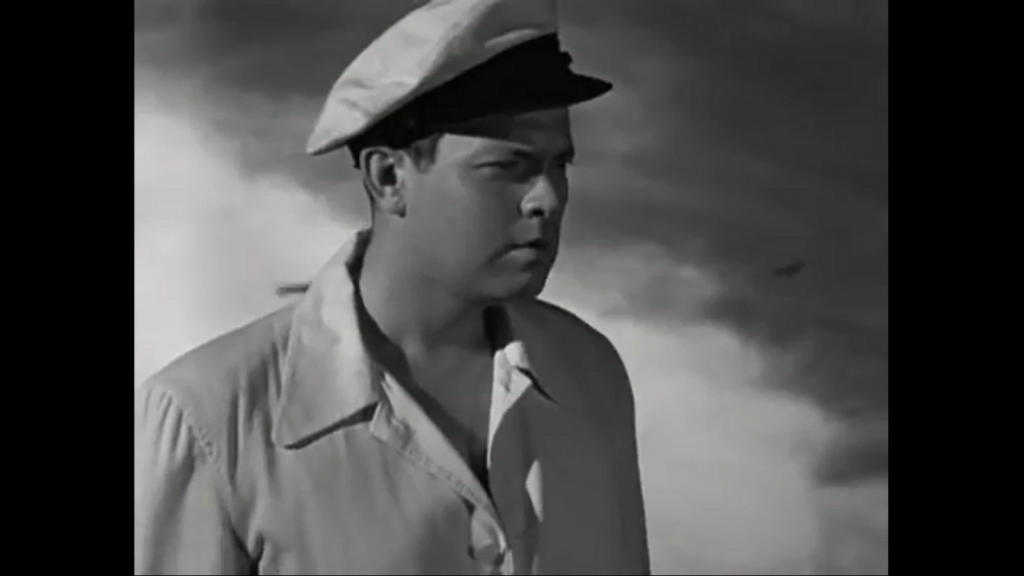
- Everett Sloane as Arthur Bannister
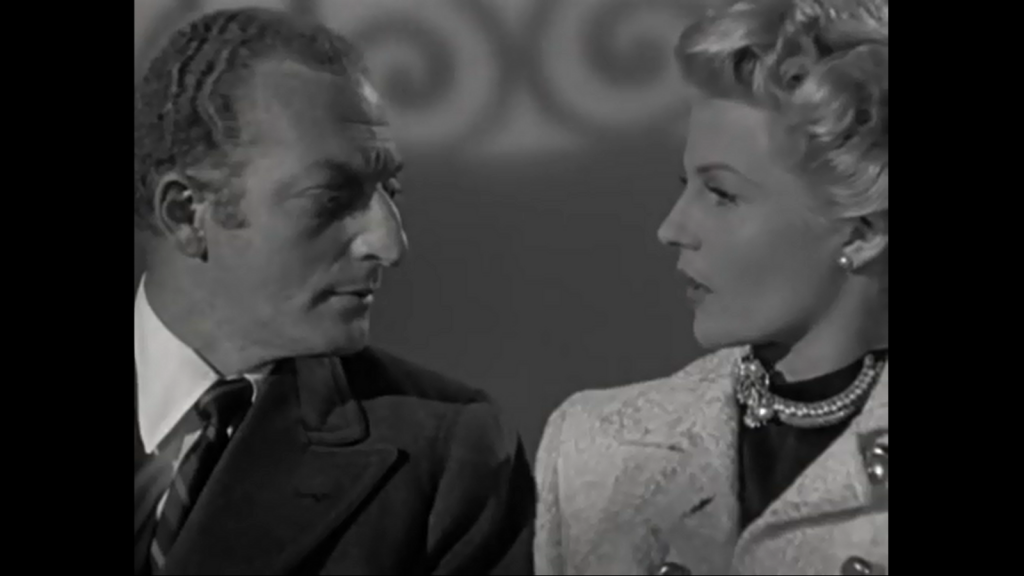
- Glenn Anders as George Grisby
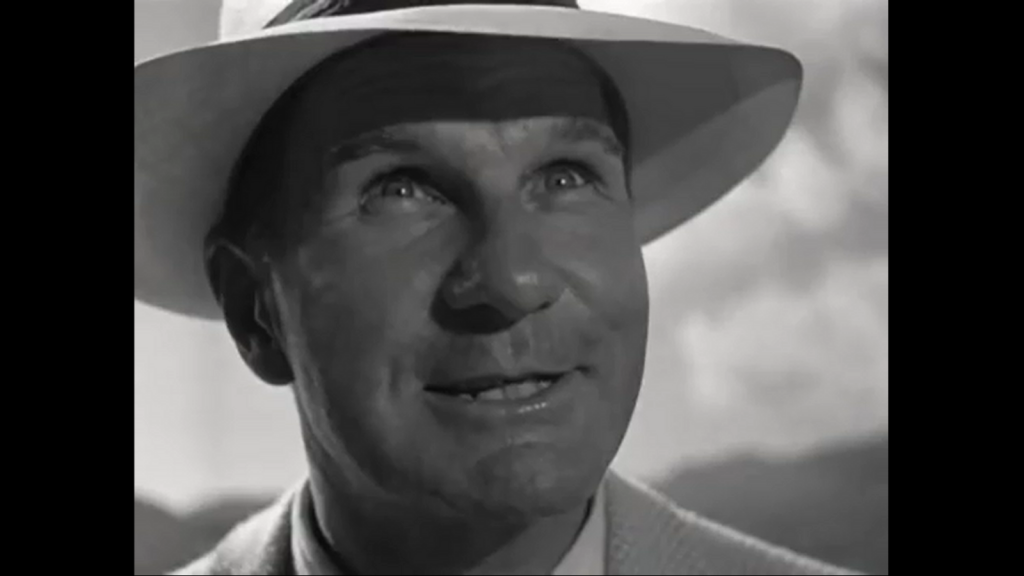
- Innovative direction by Welles

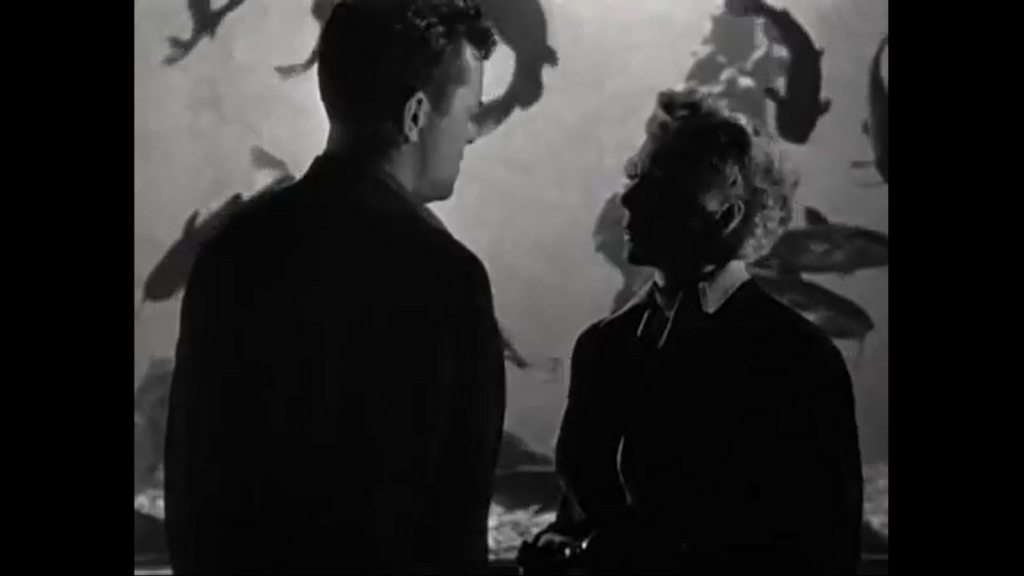
- Atmospherically noir-ish cinematography

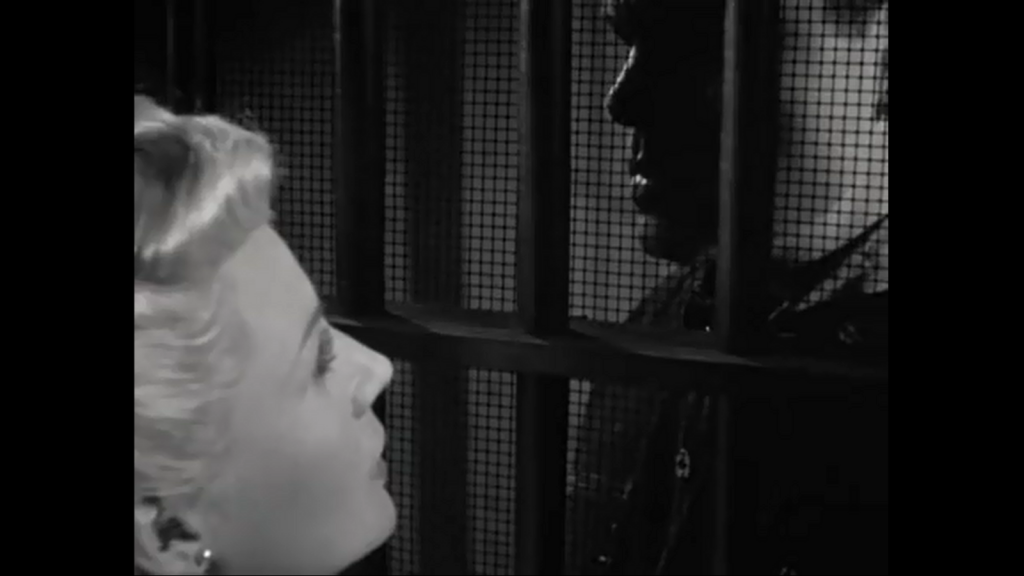
- Fine location footage in the Bay Area of California
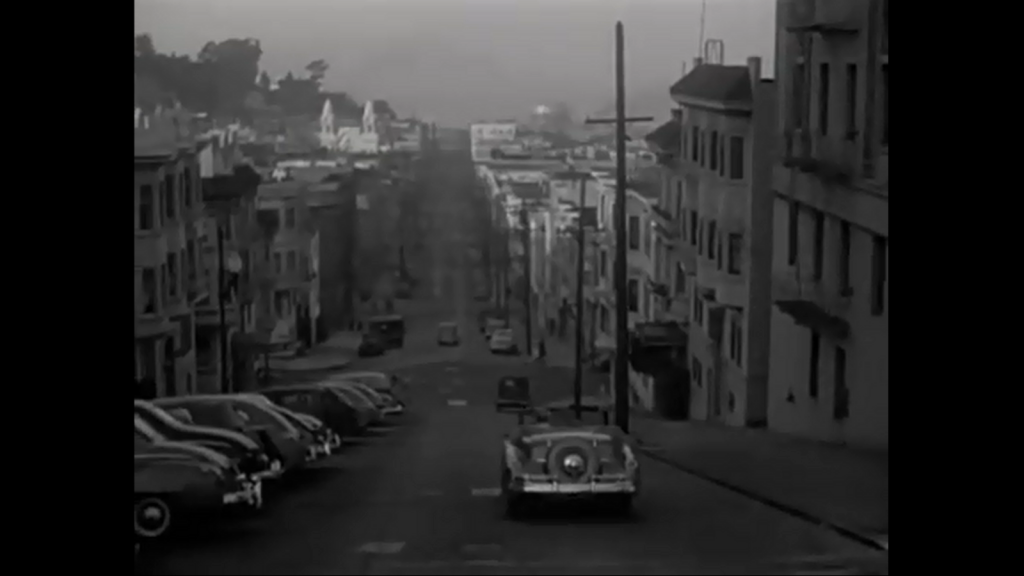
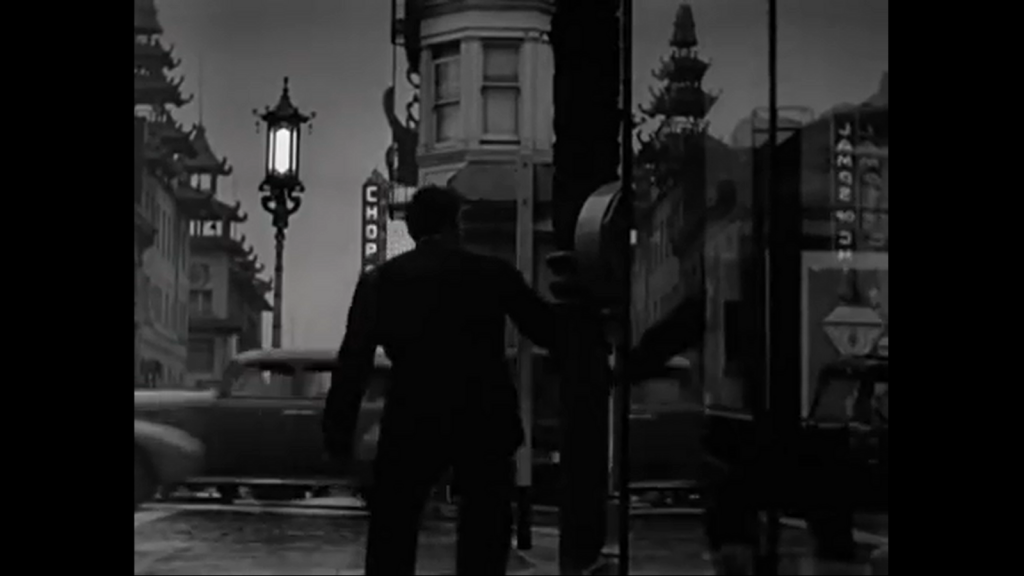
- The justifiably famous “hall of mirrors” finale

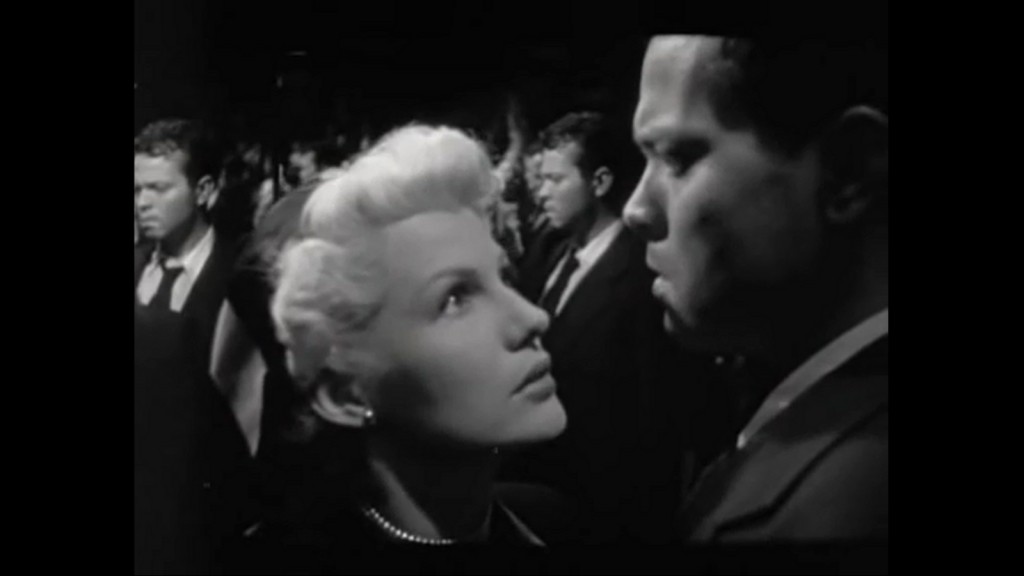
Must See?
Yes, as one of Welles’ best films.
Categories
- Genuine Classic
- Important Director
(Listed in 1001 Movies You Must See Before You Die)
Links:
|












One thought on “Lady From Shanghai, The (1948)”
A once-must, at least.
In complete agreement here. …Though that wasn’t always the case in my history with this film. In fact, I’ve almost no real history with it. Until now, I’d only seen it once before – and that was many years ago, when I was quite young. It is *not* a young person’s film. I don’t think I quite got it at the time that I saw it – except for being dazzled by the finale.
The result was that I probably felt indifferent for years about going back for a second viewing. But I realize now that, when I first saw ‘The Lady…’, I could in no way relate to its character list of world-weary types. That’s how it’s a rather adult film. One probably has to have lived and been knocked around a bit to appreciate its particular, dark tone. (I find the film similar to Welles’ ‘Touch of Evil’.)
I don’t find the film all that hard to follow, either – although it does sustain its denseness as a brain-teaser throughout.
‘The Lady…’, to me, is simply a Welles spin on those old standbys: love, money and murder (and how they can mix). As such. it pulls you in slowly and you have to turn off that part of your brain that wants logic sooner. It’s a film content to either withhold or purposely steer you in another direction – which is what most of the characters in the film are doing.
As for the acting, Welles always had a certain knack for creating an ensemble spirit in a film and that’s evident here – everyone appears to be on the same ‘Life’s a Bitch’ page. Welles and Hayworth work surprisingly well together (esp. for two people who just separated in real life) – and Hayworth especially impresses as we try to make sense of her character’s duplicity.
In some ways, ‘The Lady…’ could be a film that benefits from a second viewing even if you *are* an adult when you first see it. So much goes on in it – especially regarding people’s relationships with each other – that you may want to re-trace your steps once the mystery of the plot is wrapped up for you.
I can’t say it’s a film I particularly love – (I guess I’m still not that world-weary) – but I certainly think it’s good cinema, compactly done and ultimately satisfying.